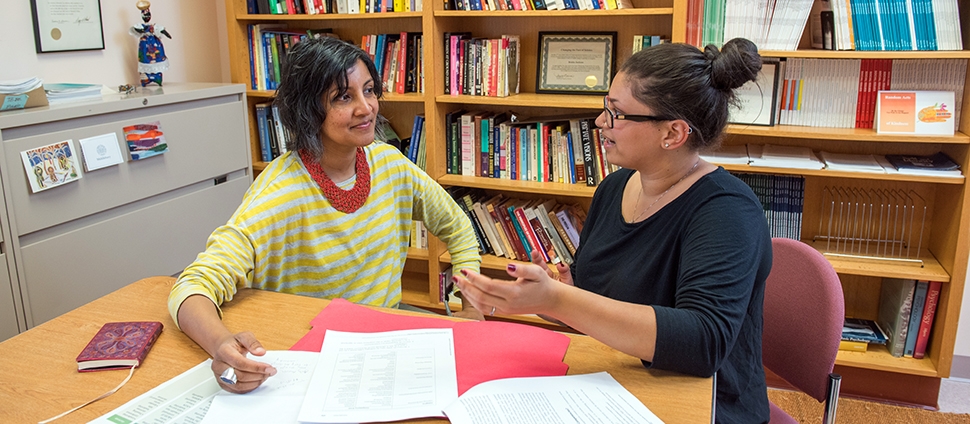Document Type
Article
Publication Date
12-1-2013
Publication Title
Age
Abstract
Consistent daily rhythms are important to healthy aging according to studies linking disrupted circadian rhythms with negative health impacts. We studied the effects of age and exercise on baseline circadian rhythms and on the circadian system's ability to respond to the perturbation induced by an 8 h advance of the light:dark (LD) cycle as a test of the system's robustness. Mice (male, mPer2luc/C57BL/6) were studied at one of two ages: 3.5 months (n=39) and >18 months (n=72). We examined activity records of thesemice under entrained and shifted conditions as well as mPER2::LUC measures ex vivo to assess circadian function in the suprachiasmatic nuclei (SCN) and important target organs. Age was associated with reduced running wheel use, fragmentation of activity, and slowed resetting in both behavioral and molecular measures. Furthermore, we observed that for aged mice, the presence of a running wheel altered the amplitude of the spontaneous firing rate rhythm in the SCN in vitro. Following a shift of the LD cycle, both young and aged mice showed a change in rhythmicity properties of the mPER2::LUC oscillation of the SCN in vitro, and aged mice exhibited longer lasting internal desynchrony. Access to a running wheel alleviated some age-related changes in the circadian system. In an additional experiment, we replicated the effect of the running wheel, comparing behavioral and in vitro results from aged mice housed with or without a running wheel (>21 months, n=8 per group, all examined 4 days after the shift). The impact of voluntary exercise on circadian rhythm properties in an aged animal is a novel finding and has implications for the health of older people living with environmentally induced circadian disruption.
Keywords
Circadian, Esophagus, Exercise, Spleen, Suprachiasmatic nucleus, Thymus, Wheel
Volume
35
Issue
6
First Page
2137
Last Page
2152
DOI
10.1007/s11357-012-9502-y
ISSN
01619152
Rights
© The Author(s) 2013.
Version
Version of Record
Recommended Citation
Leise, T. L.; Harrington, Mary E.; Molyneux, P. C.; Song, I.; Queenan, H.; Zimmerman, E.; Lall, G. S.; and Biello, S. M., "Voluntary Exercise Can Strengthen the Circadian System in Aged Mice" (2013). Psychology: Faculty Publications, Smith College, Northampton, MA.
https://scholarworks.smith.edu/psy_facpubs/92


